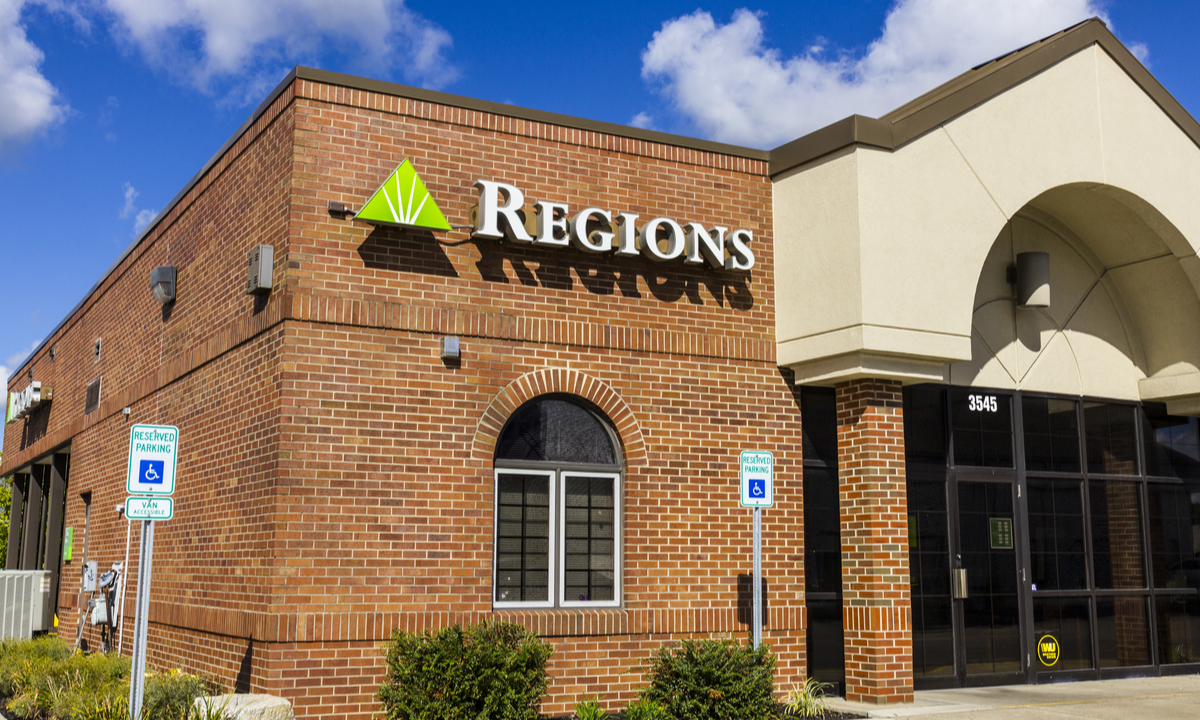Bussiness
Regions Financial: Business Lending ‘Pipelines Are Beginning to Rebuild’

Regions Financial saw average loans remain stable during the second quarter, with some signs that demand for business loans may pick up.
Average balances for total loans were down 0.1% compared to the previous quarter and down 1.3% compared to the second quarter of 2023, the parent company of 1,250-location Regions Bank said in a Friday (July 19) earnings release.
“Average and ending loans remain relatively stable on a sequential quarter basis,” David J. Turner, Jr., senior executive vice president and chief financial officer at Regions Financial, said Friday during the company’s quarterly earnings call.
“Within the business portfolio, while average loans remain relatively stable, ending loans increased 1%,” Turner added. “Despite near-term macroeconomic and political uncertainty, pipelines are beginning to rebuild.”
In business lending, average balances in the second quarter were 0.1% lower than the first quarter and 2.6% lower than the second quarter of 2023.
John M. Turner, Jr., chairman, president and CEO of Regions Financial, said during the call that he recently talked with a customer who is a supplier of construction materials and found that the company is getting a lot of requests for bids but not a lot of work awarded. That, he said, shows that businesses are still concerned about the costs of interest, labor and materials.
“All in all, activity is still somewhat muted,” John Turner said. “Customers remain cautious given some concern about inflation, cost, the political environment, just general uncertainty, but activity is improving. Pipelines are stronger than they were a year ago, certainly stronger than they were two quarters ago.”
The bank is not projecting much loan growth for this year but expects economic activity to pick up in 2025, John Turner added.
In consumer lending, average balances were down 0.3% compared to the first quarter but up 1.3% from the same period a year earlier.
The bank said in a presentation released Friday that modest growth in residential mortgage and consumer credit card were offset by declines in home equity and run-off portfolios.
The bank recorded a net charge-offs ratio of 0.42% during the second quarter, down from 0.50% in the first quarter but up from 0.33% in the second quarter of 2023.
Looking ahead to full-year 2024, the bank expects to see average loans remain stable to down modestly.
“We have a great plan and the investments we’re making in talent, technology, products and services are positioning us to benefit as macroeconomic conditions improve,” John Turner said during the call.







